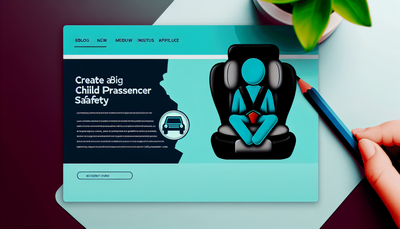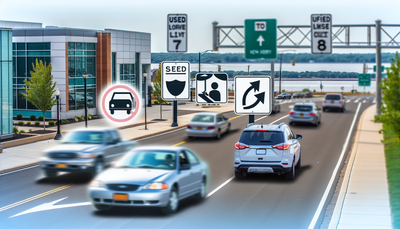How Weather Conditions Impact Your Driving Safety

How Weather Conditions Impact Your Driving Safety
Introduction
Driving in adverse weather conditions can be challenging and dangerous. Whether it's rain, snow, fog, or extreme heat, each type of weather presents unique hazards that can affect your ability to drive safely. Understanding these risks and knowing how to adjust your driving habits accordingly is crucial for ensuring car safety. In this article, we'll explore how different weather conditions impact your driving safety and provide practical tips for safe driving in any situation.
The Impact of Weather on Driving Safety
1. Rain and Wet Roads
Rain reduces visibility and creates slippery road surfaces, increasing the risk of hydroplaning. Water buildup can cause tires to lose contact with the road, leading to a loss of control. To stay safe while driving in the rain:
- Reduce speed and increase following distance.
- Use headlights to improve visibility.
- Ensure wiper blades are in good condition.
- Avoid sudden braking and sharp turns.
2. Snow and Ice
Snow and ice significantly reduce traction, making it easier to skid or slide. Black ice, in particular, is a hidden danger that can cause unexpected loss of control. Safe driving practices in snowy conditions include:
- Using winter tires for better grip.
- Driving slowly and smoothly to avoid skids.
- Keeping extra distance between vehicles.
- Avoiding sudden acceleration or braking.
3. Fog and Reduced Visibility
Fog can severely limit visibility, making it difficult to see other vehicles, traffic signals, or road signs. Safe driving tips for foggy conditions include:
- Using low-beam headlights or fog lights.
- Reducing speed and maintaining a safe following distance.
- Listening for traffic sounds when visibility is low.
- Avoiding high-beam headlights as they reflect off the fog.
4. High Winds
Strong winds can make it difficult to keep your vehicle stable, especially for larger vehicles like trucks and SUVs. Wind can also blow debris onto the road, creating additional hazards. To drive safely in windy conditions:
- Keep both hands on the steering wheel.
- Reduce speed and be prepared for sudden gusts.
- Stay alert for swaying vehicles or objects.
- Be cautious when driving over bridges or open highways.
5. Extreme Heat
Hot weather can affect tire pressure, engine performance, and overall vehicle function. Prolonged exposure to high temperatures can lead to overheating and tire blowouts. To ensure safe driving during extreme heat:
- Check tire pressure regularly.
- Monitor coolant levels and engine temperature.
- Stay hydrated and take breaks when needed.
- Never leave children or pets in a parked car.
Conclusion
Weather conditions have a significant impact on driving safety, but by understanding the risks and adopting safe driving practices, you can minimize potential dangers. Whether you're dealing with rain, snow, fog, wind, or extreme heat, adjusting your driving habits can help protect you and others on the road. Stay informed, stay cautious, and prioritize car safety no matter the weather.







